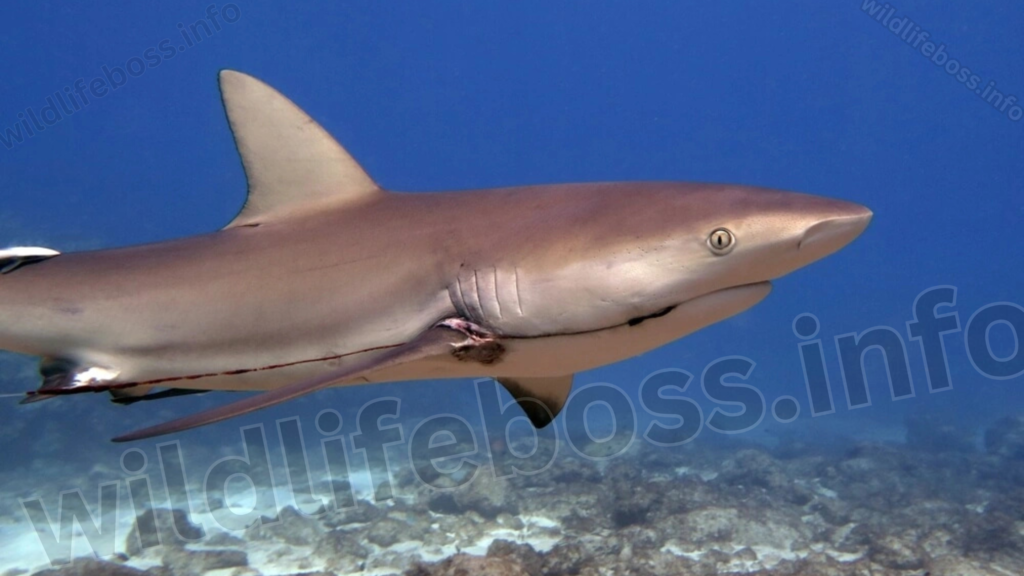Sharks inhabit fresh and marine waters in the arctic and tropical regions of the earth. Like all living things, they procreate in order to fulfill their ecological duty and guarantee the survival of their species.
Sharks are classified as fish, although not all fish lay eggs.
Like the other reptiles, various species of the shark either lay eggs or they give birth. Viviparous reproduction is the process by which sharks create eggs that grow and hatch within, producing live newborns. In this case, the infant is fed by the yolk of the egg, a placenta-like link, or by unfertilized eggs or siblings while still in the womb. The method by which other animals lay eggs outside of their bodies is known as oviparous reproduction. Rarely, female sharks kept in captivity have been observed to procreate without a male.
Continue reading to find out more about how baby sharks develop and are born.
Shark Family
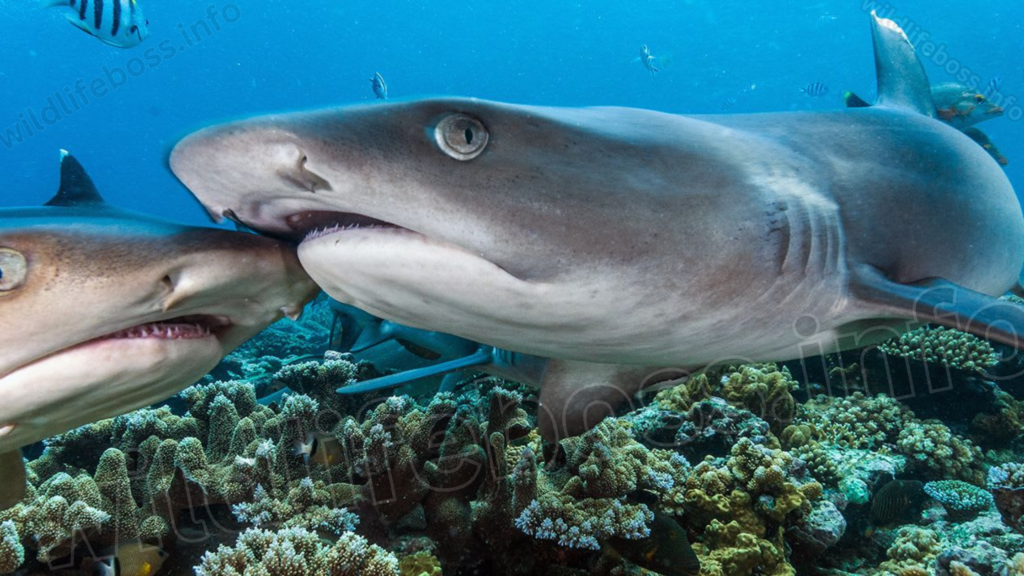
The Chondrichthyes class, which is a subclass of the Elasmobranchii family, includes more than 500 species of sharks. They are cartilaginous vertebrates.
Although they are not mammals, they have characteristics with fish, such as:
-
- Scales
- Gills
- Ectothermy (cold-blooded)
- Fins
- Sensory abilities in response to pressure and water motions are known as lateral line sense organs.
Mating
Usually, mating occur in the spring or summer.
Shark females have two uteruses, while males have two claspers close to their anal fins. By swimming next to or beneath the female and using his teeth to grasp her, the male will mount her.
Shark females frequently bear scars following mating. In order to fertilize eggs, the male transfers semen to the oviduct by inserting a clasper into the female’s cloaca.
A live birth will eventually arise from the fertilized egg incubating inside the mother if the shark is viviparous. The fertilized egg is laid and subsequently hatches in the ocean for oviparous sharks.
Once born, sharks must rely on their own abilities to survive. Young pups (baby sharks) and eggs will be consumed by seals, sea snails, other sharks, and marine animals. Sharks, on the other hand, will look for secure locations to give birth or lay eggs.
sea also: Do Sharks Have Ears? (7 Amazing senses)
3 Types Of Reproduction
While some sharks are oviparous (laid eggs), most sharks are viviparous (give birth to live young).
Compared to eggs placed outside the body, viviparous mothers typically have eggs with thinner and softer shells.
Offspring of viviparous animals are larger than those of oviparous species.
Different shark species generate different numbers of eggs, which can result in litters with as little as one or two babies as well as as many as 100 pups.
Without a male’s semen, certain female sharks could be able to procreate.
Below is further information on that.
1. Viviparous
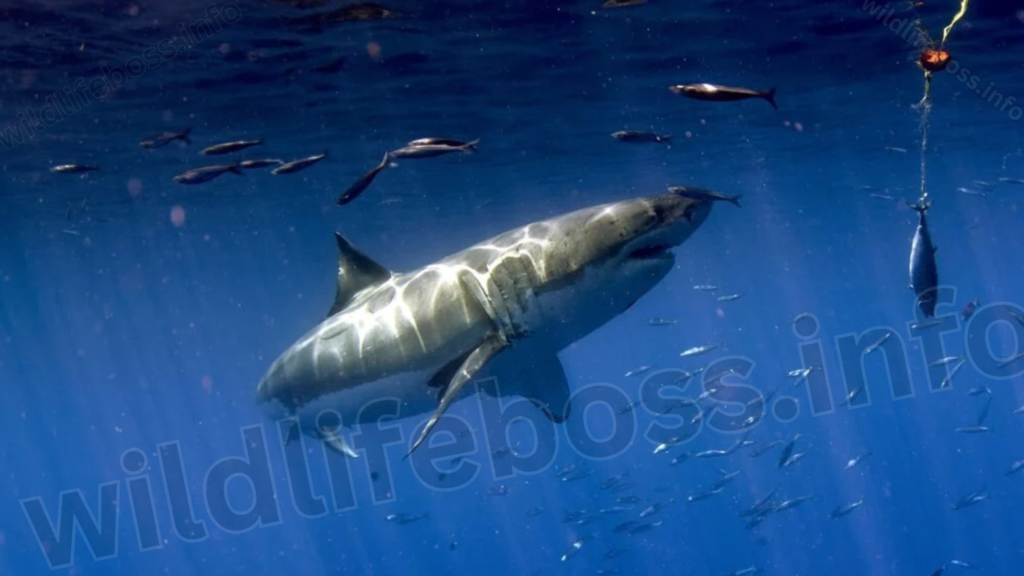
For an average gestation period of nine to twelve months, viviparous sharks continue to develop their eggs in the last segment of their oviduct (womb, uterus).
Some frilled sharks (Chlamydoselachus anguineus) have a three-and-a-half-year lifespan.
The result is that after the yolk has been eaten, the fetus will come out from the protective layer of the egg. Pups (babies) of certain species receive more nourishment and develop inside for a longer period of time before birth.
Yolk Nutrition: Aplacental And Placental
Most often, lecithotrophic nutrition occurs, in which the embryo gets its nourishment from the yolk in the egg until it is born. A condition known as aplacental viviparity occurs when there is no placenta.
Some shark species develop a yolk-placenta, a condition known as matrotrophic nourishment, in placental viviparity.
In these situations, the yolk and egg covering (case) interlock with the uterus to provide a sizable contact surface that supplies the fetus with more nutrients. This has a similar purpose to that of an umbilical chord.
Despite being called “uterus milk,” this nutritious fluid is not a fluid because mammary glands are exclusively found in mammals.
Intrauterine Cannibalism
Some species have growing fetuses that hatch inside and receive more nutrition prior to birth, such as the porbeagle shark (Lamna nasus), the sand tiger shark (Carcharias taurus), and various mackerel shark species (Lamnidae).
These intrauterine pups will either eat unfertilized eggs (oophagy) or each other (embryophagy) inside the mother. This means that only a small number of the strongest survivors will be born.
Cannibalism provides the fetus with an enormous amount of nutrients, enabling it to develop into a healthy, capable predator from birth.”
2. Oviparous: Egg-Laying Sharks
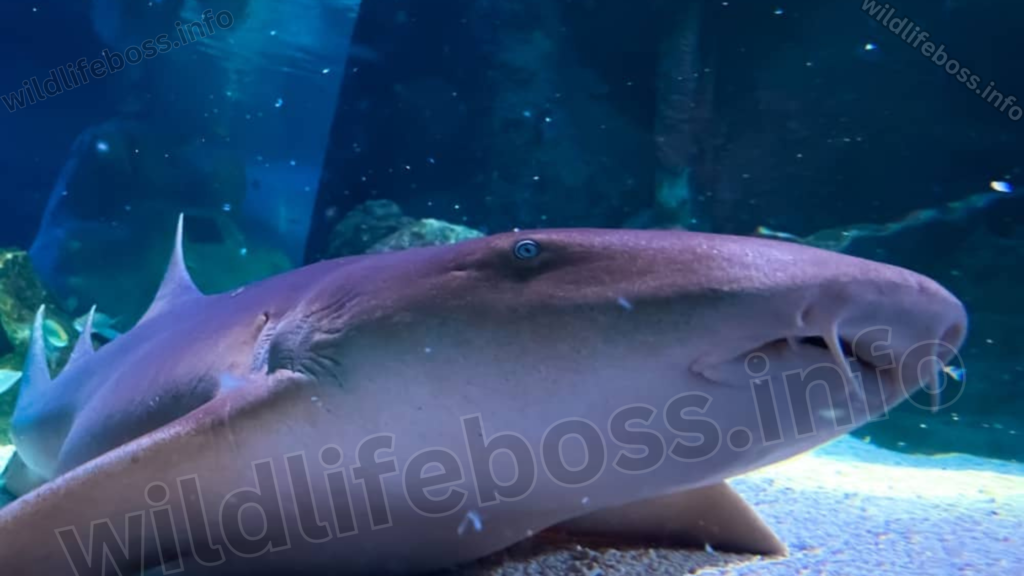
A few oviparous shark species that lay eggs include the nursehound (Scyliorhinus stellaris), zebra shark (Stegostoma fasciatum), and small-spotted catshark (Scyliorhinus canicula).
Shark species that deposit eggs are typically benthic, or bottom-dwelling.
The outer layer of shark egg casings differs from that of chicken and other avian eggshells. The developing fetus may be seen inside the egg, which is created in water rather than on land.
Before laying their eggs, several shark species hold the eggs inside for additional development.
Tendrils or fibers that protrude from the egg casing enable the eggs to adhere to stony surfaces, seaweed, or the ocean floor. To aid with surface attachment, bullhead sharks (Carcharhinus leucas) lay spiral, corkscrew-shaped eggs.
Functionality is provided by the eggs’ distinctive design, which keeps them from being carried to the coast or surface or washed away.
They are called devil’s purses or mermaid’s purses. The fetus is fed lecithotrophically by the yolk sac inside the egg.
Although some species may have many embryos within a single egg case, most egg cases contain a single embryo. There are slits on the egg casings that let water pass through and oxygenate the eggs. Upon exhausting the yolk, the shark will emerge from its shell.
3. Parthenogenesis: Reproduction Without Mating
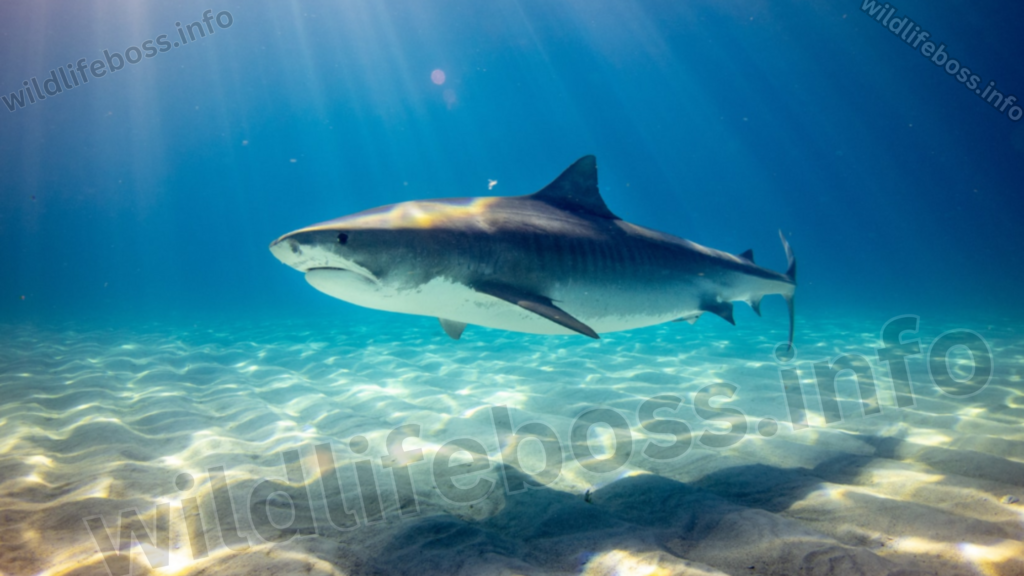
When an embryo grows from a male shark’s semen without fertilization, this process is known as parthenogenesis.
Female shark that live in capacity could be able to achieve this, however it is uncommon. The next known step in order to fertilize an egg, an egg progenitor cell can therefore act in a way similar to semen.
Dr and his team captured and identified that one pup was born alive to a female bonnet head shark Sphyrna tiburo on December 14, 2001.
She had been imprisoned for three years without the chance to mate or store semen after being arrested before reaching adulthood.
Since then, further cases of parthenogenesis in oviparous and viviparous shark have been found.
Conclusion
Sharks can either lay eggs or give birth live, depending on the species.
When an egg is fertilized and kept in the mother’s uterus, viviparous reproduction, or live birth, occurs. The yolk of the egg, a placenta-like link, or the consumption of unfertilized eggs or siblings are the ways in which the embryo and fetus are fed.
When a female shark deposits a fertilized egg in the water, this is known as oviparous reproduction. The developing embryo receives nourishment from the yolk of the egg.
Through a process known as parthenogenesis, certain captive female shark have been able to fertilize their own eggs without coming into contact with a male’s semen.

